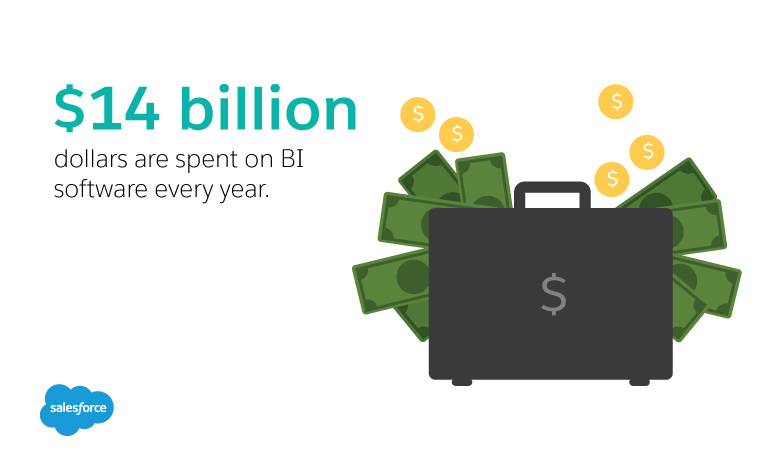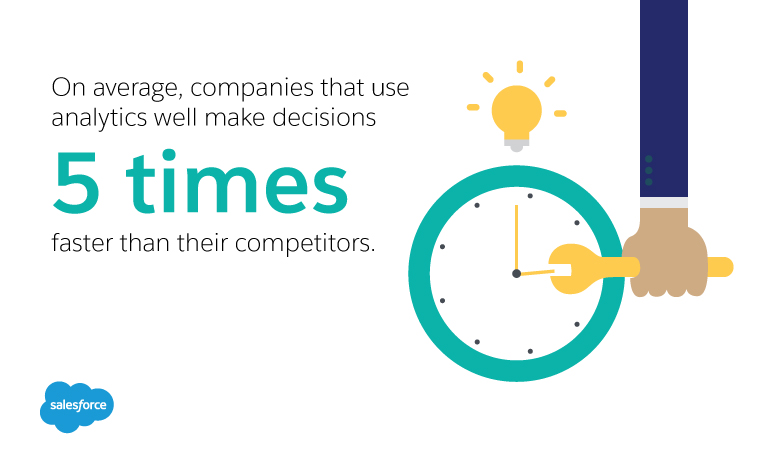bi platform
What Makes a Superior BI Platform

What is Business Intelligence?

The Proliferation of BI
According to research by Gartner, approximately $14 billion is spent on BI software every year.
And while this may seem like a lot of spend, it pales in comparison to the ROI that such software generates. Nucleus research even goes so far as to claim that for every dollar invested in BI and analytics, businesses can expect an average return of around $13, for an ROI of over 1300%. How is this possible? Well, it all comes back to the real value of the data being analysed. When businesses are able to use BI and analytics to refine their data into reliable conclusions, they are five times as likely as their competitors to make better, faster decisions. Data, after all, is really little more than the promise of being well-informed. A superior BI solution does just that—it allows its users the benefit of being informed in regard to business decisions.

Information Technology Without IT
Every decision maker should have access to the the most up-to-date, reliable information if he or she is to be expected to lead a business in a profitable direction. However, not every decision maker has an IT background. As such so it doesn’t make much sense to design a BI platform interface that requires one. According to 83% of business professionals, easy access of data is an attractive feature of business intelligence. An intuitive, easy-to-learn interface, when coupled with built-in training options, helps to improve adoption rates, and allows for an easier transitionary period—even for users who might not be IT certified.
This increased, intuitive usability should extend beyond basic controls, to the entire interface. As previously stated, data that isn’t accessible isn’t very valuable. BI platforms are designed to be able to share information in a way that can be easily understood, and to do that, the best platforms rely on advanced data visualisation. Data visualisation is the process by which complex data is converted into diagrams, charts, graphs, and other visuals, so that users can quickly assimilate large amounts of data. Data visualisation may also be interactive, often in the form of interactive dashboards, so that users can get a more in-depth review of data, when needed.
BI that’s Available and Integratable
Even if most of an organisation’s BI processes are performed in the office or on a single server, there are certain issues related to availability that might come up. If, for example, a decision maker has to access the BI platform while traveling or otherwise away from the office, then they would likely run into problems. Cloud-based BI platforms make it possible for authorised users to access and work with the BI platform from any device with an internet connection. Cloud-based platforms also allow users to save money associated with expensive hardware installation.
Additionally, a superior BI platform should be able to work with more than just raw data; it should be able to function seamlessly with any other analysis tools that an organisation may use. This allows for a more-complete BI solution, and reduces the likelihood of important data being lost in the shuffle. And because no two businesses are exactly the same. BI platforms that allow for in-depth customisation make it possible for businesses to tailor their BI activities to their own unique needs, allowing for full integration across the entire organisation.

